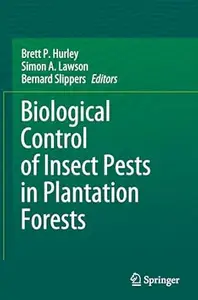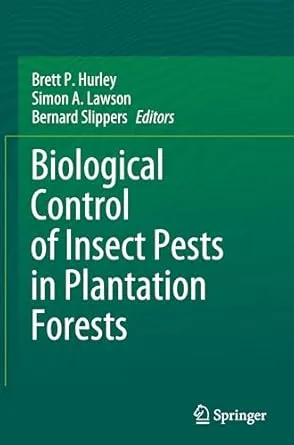Biological Control of Insect Pests in Plantation Forests
by Brett P. Hurley, Simon A. Lawson
English | 2025 | ISBN: 3031764943 | 430 Pages | True ePUB | 67 MB
by Brett P. Hurley, Simon A. Lawson
English | 2025 | ISBN: 3031764943 | 430 Pages | True ePUB | 67 MB
This book includes chapters focusing on the principles of biological control and influence of policy, ecology and diversity in establishing successful programs. Plantation forests have a crucial role to meet the fiber demands of a growing world population, especially considering the concerning decrease in the world’s total forest area. One of the greatest threats to the sustainability of plantation forestry is insect pests. Among the approaches that can be used to manage populations of insect pests, biological control is considered one of the most feasible and effective approaches to use in plantation forests.
The authors review past and current major biological control programs in different plantation forest systems, including pine, eucalyptus and poplar, and including classical, conservation and augmentative approaches. Other chapters examine opportunities to use new technologies and integrated approaches and identify future challenges in the use of biological control.



